Google Chrome crashing, freezing, or just flat-out refusing to open? You’re not alone. Whether it crashes after taking forever to load, freezes mid-scroll, or just won’t start at all, these hiccups can be incredibly frustrating.
The good news? Most of these problems have straightforward fixes. In this guide, we’ll show you the most effective solutions that have helped tons of users get Chrome running smoothly. Just work your way through the list until you find the one that works for you.
Quick checks
Before diving into more detailed troubleshooting, try these quick fixes to see if they resolve the issue right away. These simple steps often clear up minor glitches without needing further intervention.
- Restart Chrome: Close Chrome completely, then relaunch it and see if the issue persists. Often, a fresh start can resolve minor glitches.
- Restart Your Computer: Reboot your system, then open Chrome again and check if the crashing or freezing continues. Restarting clears out any processes that might be causing the problem.
Google Chrome still crashes, freezes, or not launches at all? Please move on to Fix 1, below.
Fix 1: Disable other tabs and extensions
Too many open tabs or resource-hungry extensions can overload Chrome and your system, especially if your device has limited memory. Disabling unnecessary tabs and turning off extensions can quickly lighten the load and help prevent crashes, freezing or not opening problem.
- Close all unnecessary tabs to free up memory.
- To disable extensions:
- Click the three-dot menu > Extensions > Manage extensions.
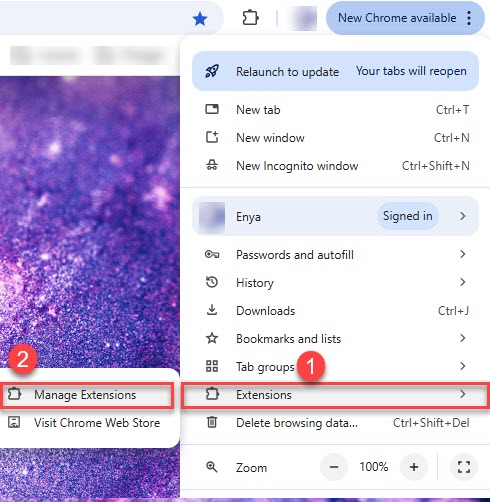
- Toggle off the extensions you don’t need, or click Remove to uninstall them.
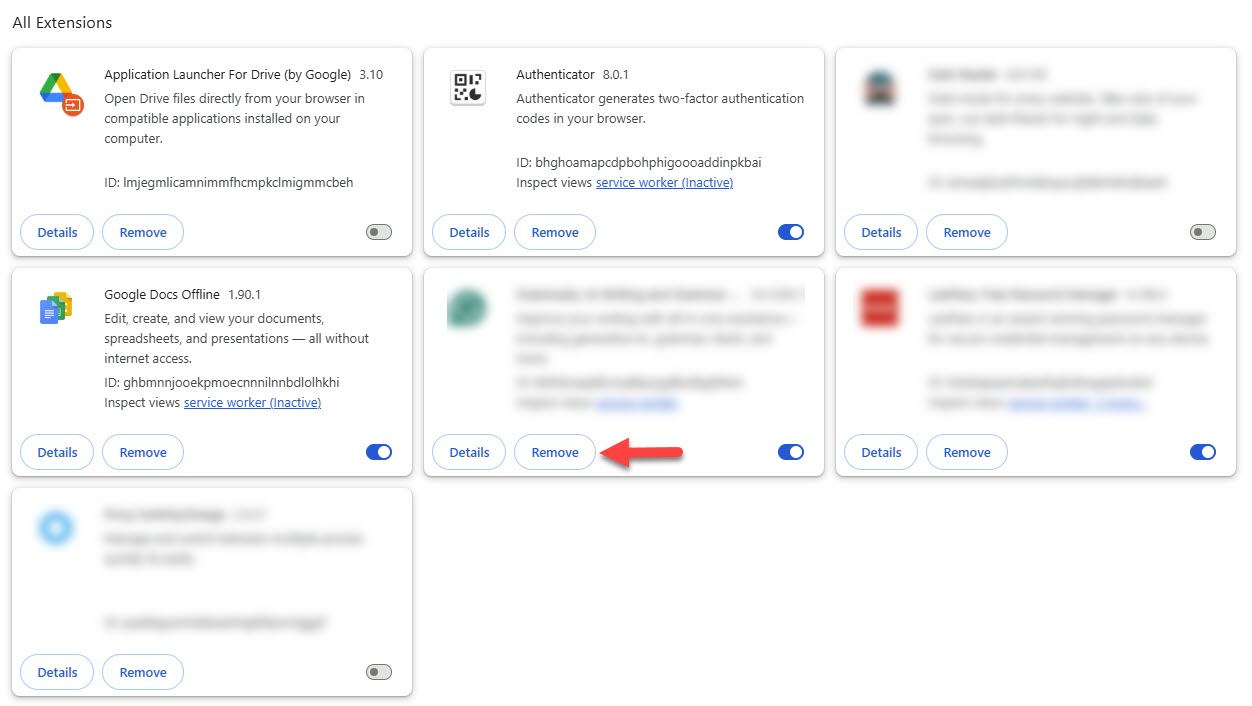
- Click the three-dot menu > Extensions > Manage extensions.
- Restart Chrome and see if it becomes more stable. If yes, then congrats – you’re in the clear! If the problem persists, please move on to Fix 2, below.
Fix 2: Clear browsing data
Over time, Chrome stores a large amount of cached data, cookies, and other browsing information to help pages load faster. But when this data becomes outdated or corrupted, it can lead to crashes, freezing, or even prevent Chrome from opening properly. Clearing it out can give Chrome a clean slate and often resolves performance issues.
Here’s how to do it:
- Open Chrome.
- Click the three-dot menu in the top-right corner and select Settings.
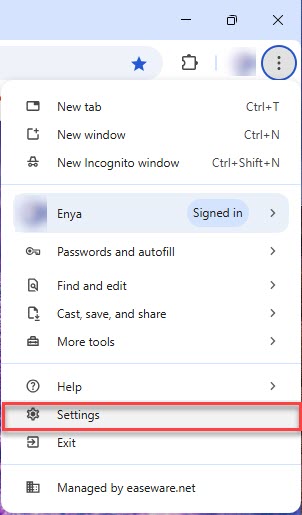
- Click Privacy and security > Clear browsing data.
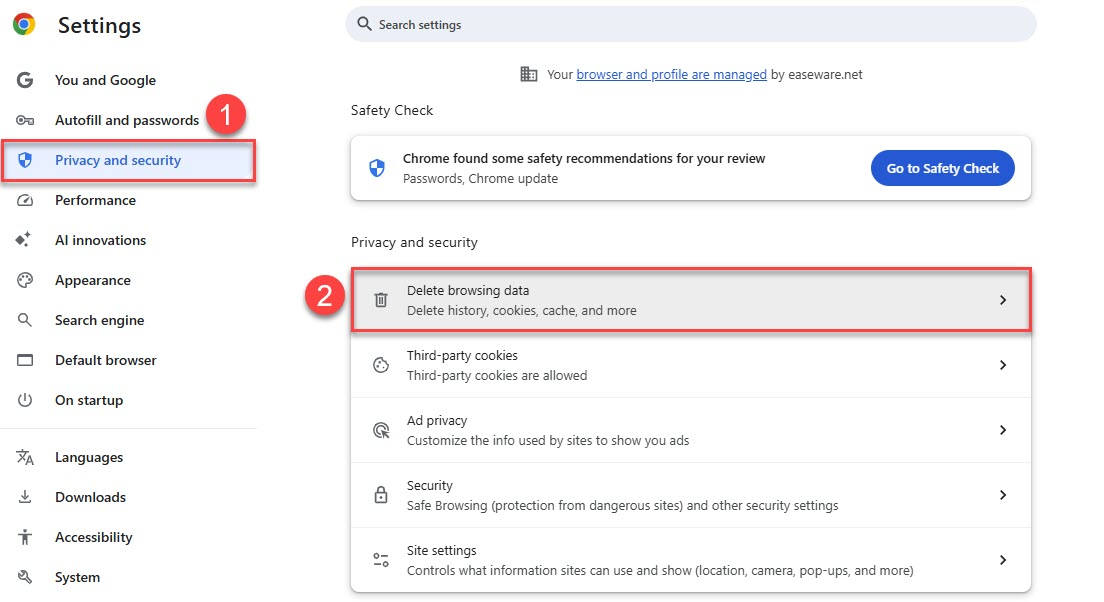
- Under the Advanced tab, set the Time range to All time, and check the boxes for:
- Browsing history
- Download history
- Cookies and other site data
- Cached images and files
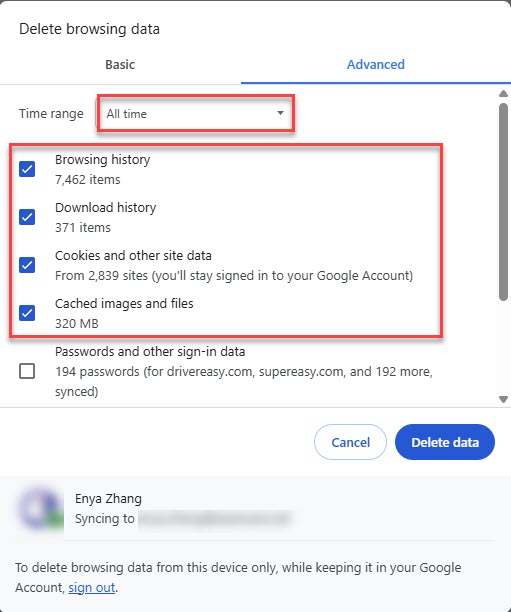
- Restart Chrome and see if the problem is resolved. If yes, then great, you’ve resolved the issue! If the problem still persists, please head on to Fix 3, below.
Fix 3: Reset Chrome settings
If Chrome’s been acting out for no obvious reason, the issue might be buried in your browser’s settings—especially if something was changed by an extension, app, or even malware. Resetting Chrome brings everything back to its original state without touching your bookmarks, history, or saved passwords. It’s a quick way to wipe out any hidden misconfigurations.
- Open Chrome.
- Click the three-dot menu in the top-right corner and select Settings.

- Click Reset settings > Restore settings to their original defaults.
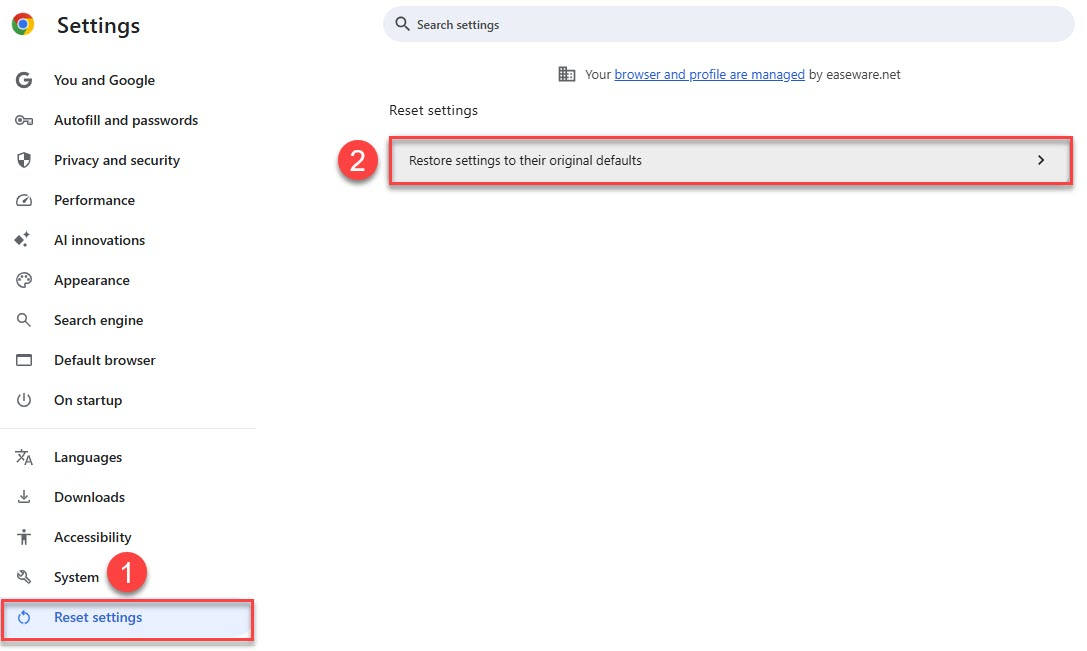
- Click Reset settings to confirm.
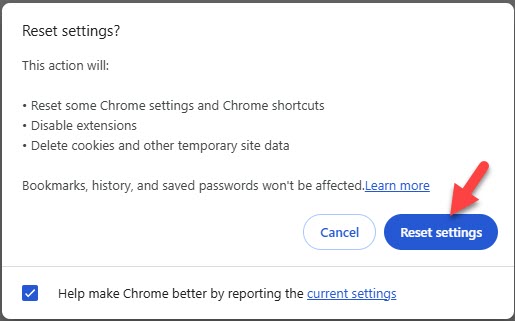
- Relaunch Chrome and see if it’s working normally again. If yes, then great. If it still acts up, please proceed with Fix 4, below.
Fix 4: Update your graphics driver
Chrome relies heavily on your graphics drivers to handle web visuals, videos, and hardware acceleration. If those drivers are outdated or buggy, Chrome might stutter, freeze, or crash entirely. To see if a faulty or outdated driver is the culprit, you should update your graphics driver.
You can manually download the latest driver from your GPU manufacturer’s website (like NVIDIA, AMD, or Intel), then follow their installation instructions. However, if you don’t have the time, patience, or technical know-how to update drivers manually, you can do it automatically with Driver Easy.
Driver Easy is a trusted tool that automatically detects your system and finds the correct drivers for it. With just a few clicks, you can update outdated or missing drivers without needing to know your system specs or risk downloading the wrong driver. Driver Easy handles it all.
- Download and install Driver Easy.
- Run Driver Easy and click the Scan Now button. Driver Easy will then scan your computer and detect any problem drivers.
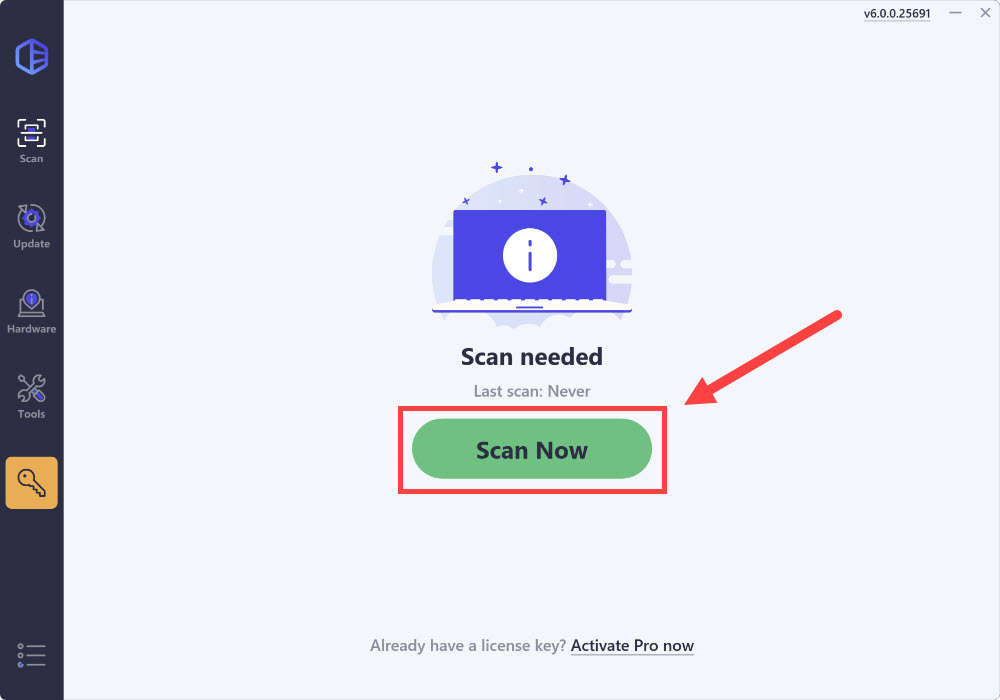
- Check if your graphics driver is flagged in the scan results. If it is, click Activate & Update to start a 7-day free trial or upgrade to Driver Easy Pro. Either option will automatically download and install the latest graphics driver for you.
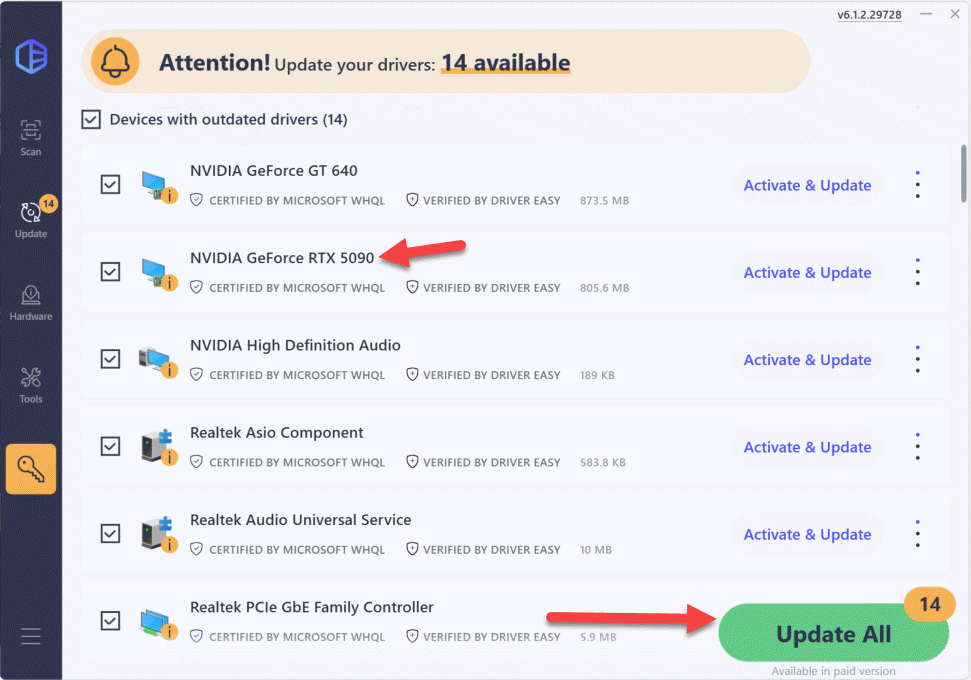
- Restart your computer for the changes to take effect.
- Launch Chrome and see if the crashing, freezing, or not launching issue is resolved. If yes, congrats – you’ve fixed it! If it’s still no joy, please head to Fix 5, below.
Fix 5: Turn off hardware acceleration
Hardware acceleration is meant to improve performance by offloading heavy tasks to your GPU. But in some cases, it can actually cause Chrome to crash—especially if there are driver issues or hardware conflicts. Turning it off has helped many users stabilize their browser.
Here is how to do it:
- Open Chrome.
- Click the three-dot menu in the top-right corner and choose Settings.

- Scroll down and click System in the left sidebar (or type
chrome://settings/systemin the address bar), then toggle off Use hardware acceleration when available.
- Click Relaunch to restart Chrome with the new setting.
Fix 6: Scan for malware
Malware and unwanted software can mess with Chrome’s core functions—causing random crashes, freezing, or preventing it from opening at all. A deep scan can uncover threats that may be interfering with the browser behind the scenes.
- On your keyboard, press the Windows logo key and I simultaneously to open Settings.
- Go to Privacy & security > Windows Security.

- Click Virus & threat protection.
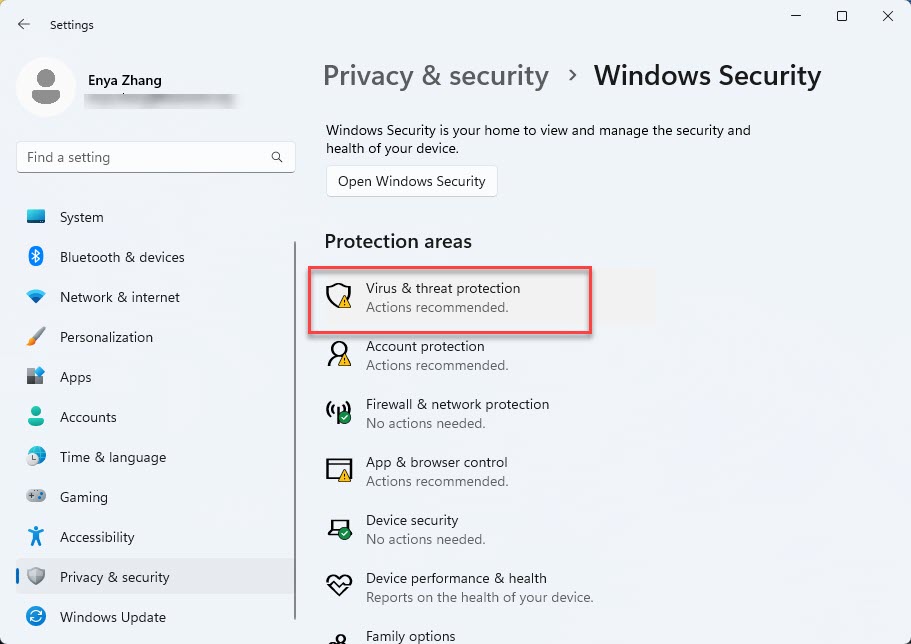
- Under Current threats, click Scan options.

- Select Full scan, then click Scan now.
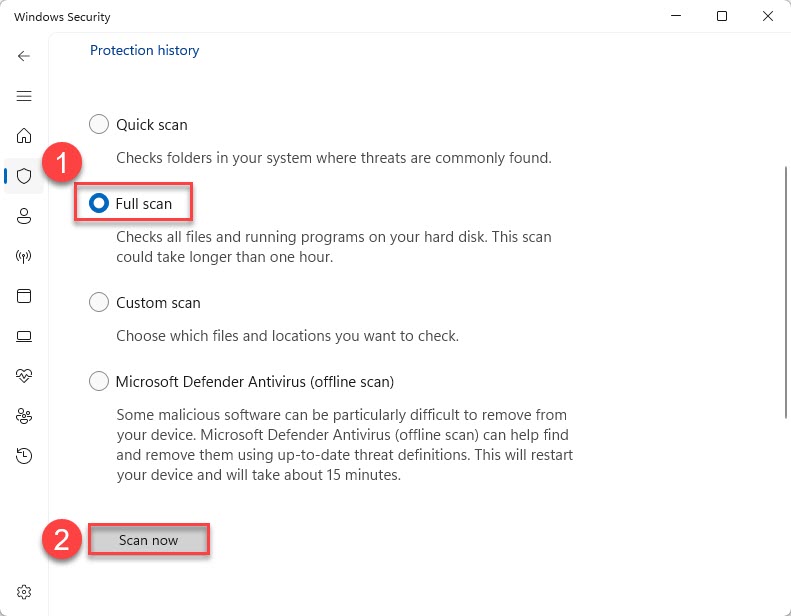
- Wait for the scan to complete. If threats are found, follow the prompts to remove them.
- Restart your computer and launch Chrome again.
If you’re already using a third-party antivirus, make sure it’s updated and run a full system scan there as well.
Fix 7: Reinstall Chrome
If nothing else works, Chrome’s core files may have become corrupted beyond repair. A clean reinstall can wipe out any broken configurations, outdated components, or hidden bugs—and give you a fresh start with the latest version.
- On your keyboard, press Windows logo key and R at the same time, type appwiz.cpl
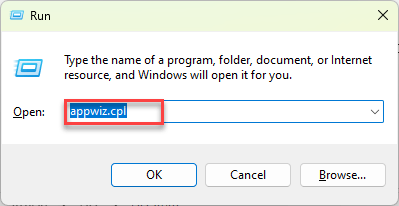
- Scroll down, right-click Google Chrome, and select Uninstall.
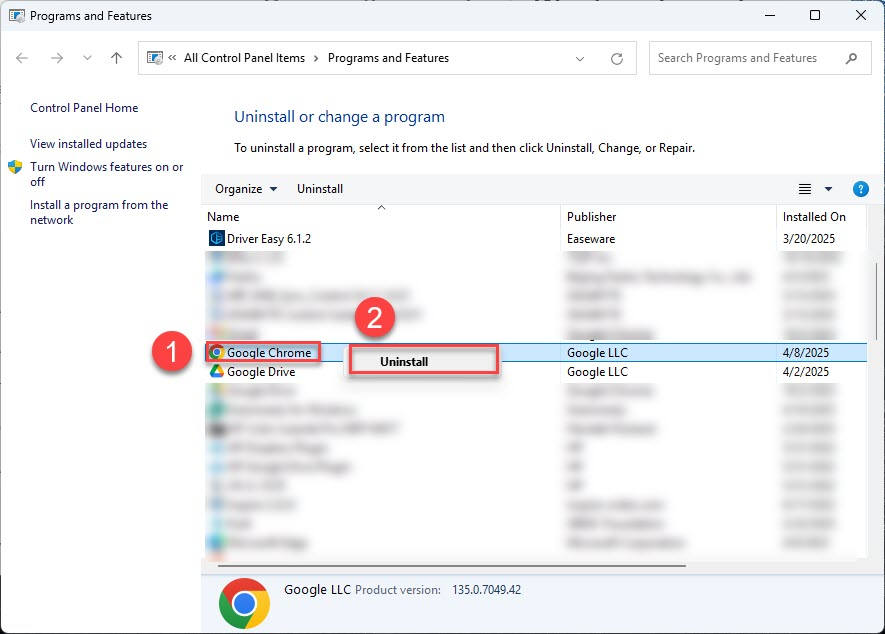
- When prompted, check the box to delete browsing data, then proceed with the uninstall.
- Go to Chrome’s Official Download page to download the latest installer.
- Run the installer and follow the on-screen instructions.
Once reinstalled, launch Chrome and see if it runs without crashing.
Dealing with Chrome crashes, freezes, or launch issues can be frustrating, but as you’ve seen, most problems have straightforward fixes. Hopefully, one of these fixes has worked for you. If you have any questions, ideas, or suggestion, please let us know in the comments below.





